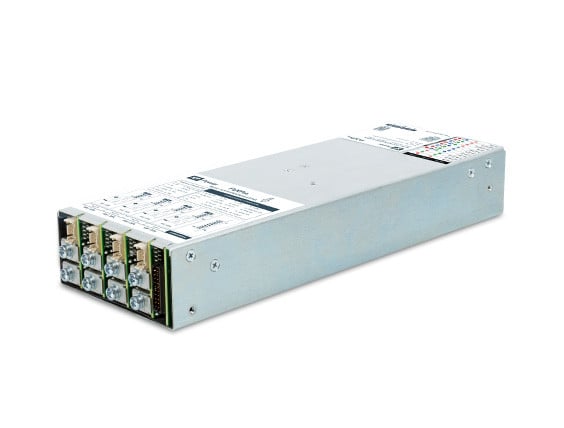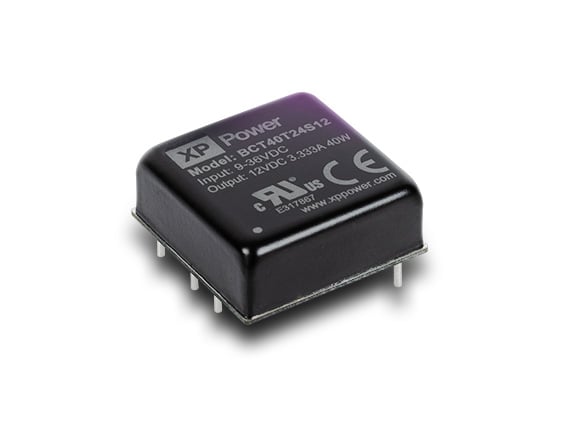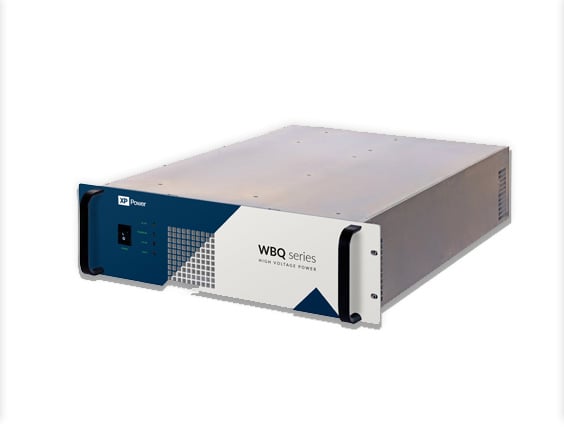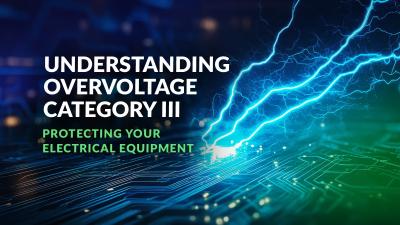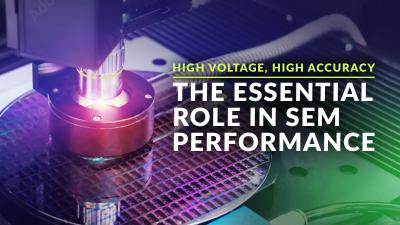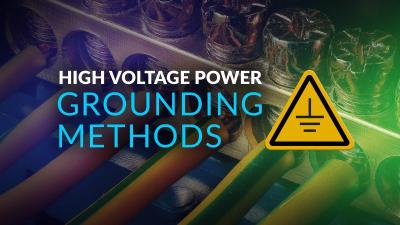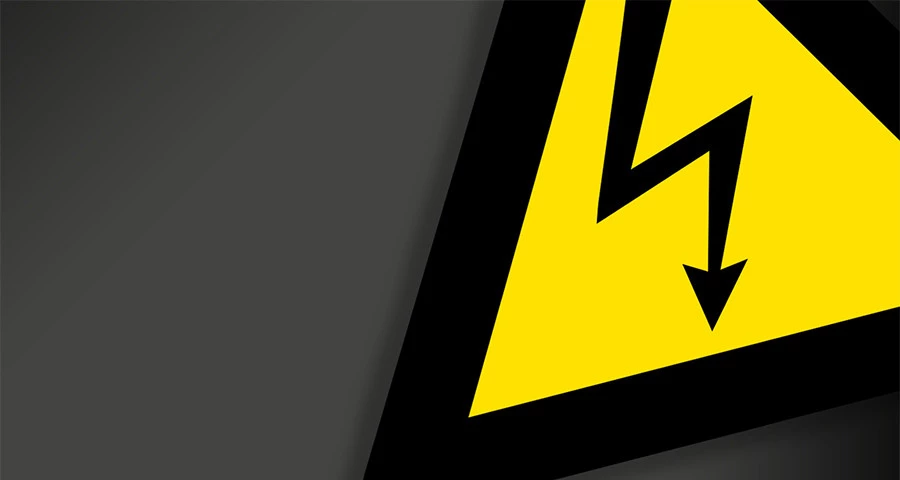
Component high voltage output DC-DC converters have changed the way many manufacturers implement and use high voltage in their products. These standard high voltage DC-DC converter modules are miniaturized, PCB-mounted, encapsulated, low noise assemblies generating a high voltage output that is fully controllable using standard low voltage circuitry.
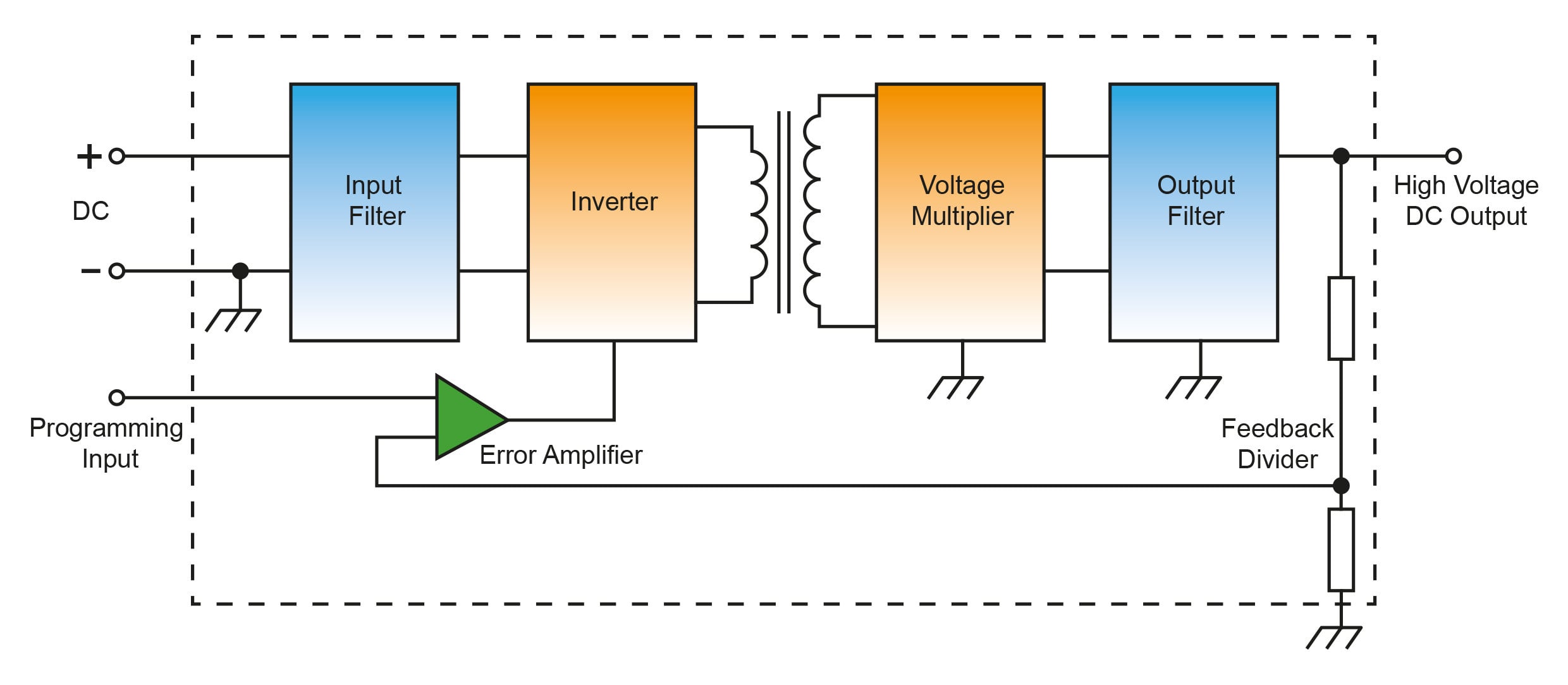
Fig 1: Component, high voltage DC-DC converters generate a high voltage output that is fully controllable using standard low voltage circuitry.
High voltage DC-DC modules into two specific groups
Standard proportional parts provide versatile low cost DC to high voltage DC conversion. The output voltage is directly proportional to the input voltage, with the best products providing the proportional output over a wide input range from 0.7V to the maximum input. The high voltage DC output is controlled by varying the input voltage rather like a high voltage DC transformer. Many proportional modules provide isolation of the output voltage from the DC input, allowing both positive and negative supplies to be generated from the same module and allowing for the high voltage output to be offset as.
Applications requiring close control over a wide DC input range, such as a battery supply in a portable application, or over a wide load range, require a regulated DC to high voltage solution.
Standard regulated DC to high voltage DC modules feature easy, linear and accurate low voltage external control, typically via a 0–5V control input. They provide a stable, low noise, high voltage output over the specified input voltage and load range, fully programmable from 0–100% of the nominal output voltage via the linear low voltage control input. Additional features include signal level voltage and current monitors and reference outputs, which are readily interfaced with standard low voltage circuitry.
Alternative approach
The alternative approach to the regulated module, particularly where input-to-output isolation is required or desirable, is to take a standard proportional module and implement an external control loop which monitors the output voltage and compensates for load changes either by adjusting the control input or by adjusting the input to the module itself via a low cost, low voltage, pre-regulator stage. Design information for such control schemes is generally available to users from the module manufacturer.
When taking a distributed power solution approach, power system designers can simply plug in a miniature high voltage module and locate it precisely where the high voltage supply is needed, eliminating the need for a bulky, chassis-mounted, custom high voltage power supply. Alternatively, these miniature, versatile modules can be used as building blocks to provide solutions to bespoke power needs in a centralized power solution, which can also include low voltage power outputs for system controls, without the risks associated with ground-up custom design of the high voltage power stage.
5 reasons off-the-shelf high voltage DC-DC converters offer power system designers benefit
1: Reduced design cycles
Using high voltage modules eliminates the time required to either qualify custom high voltage power supply or for equipment designers to research, develop and verify the entire supply themselves. Changes in output voltage or power levels are easily made at any time during development or implemented for system options, without incurring additional lead time for the variations and accelerating time to market.
2: Reduced size and weight
High voltage DC-DC converters occupy significantly less space than traditional high voltage designs due to the advanced materials and packaging utilized in miniaturizing the device. This leads to additional space for enhanced system features, reduction in the size of centralized power solutions and potential reduction of overall system volume. The materials and processes used in the manufacture of high voltage modules are well proven for long term reliability, with products available over a wide range of voltages and power levels.
3: Reduced development and manufacturing costs
PCB-mounted modules generally do not require hardware for chassis mounting or hand wiring, speeding up assembly and reducing the risk of error. Users benefit from the economies of scale, since standard high voltage modules are already being produced in higher volumes and are priced accordingly. The use of standard products reduces the risk of reliability issues as the design is qualified, verified and has demonstrated reliability.
4: Increased flexibility
Modifications and application specific variations can be generated rapidly with little or no risk based on a proven base design and construction. Common packages and footprints among different products ease voltage or power changes during system development.
5: Agency approvals
Most standard high voltage modules already have regulatory approvals, making the approval process quicker and easier. All of the benefits outlined above are equally applicable to bespoke power solutions derived using the standard high voltage modules as building blocks, whether for in-house development by the end system designer or for those undertaken by the module manufacturer itself.
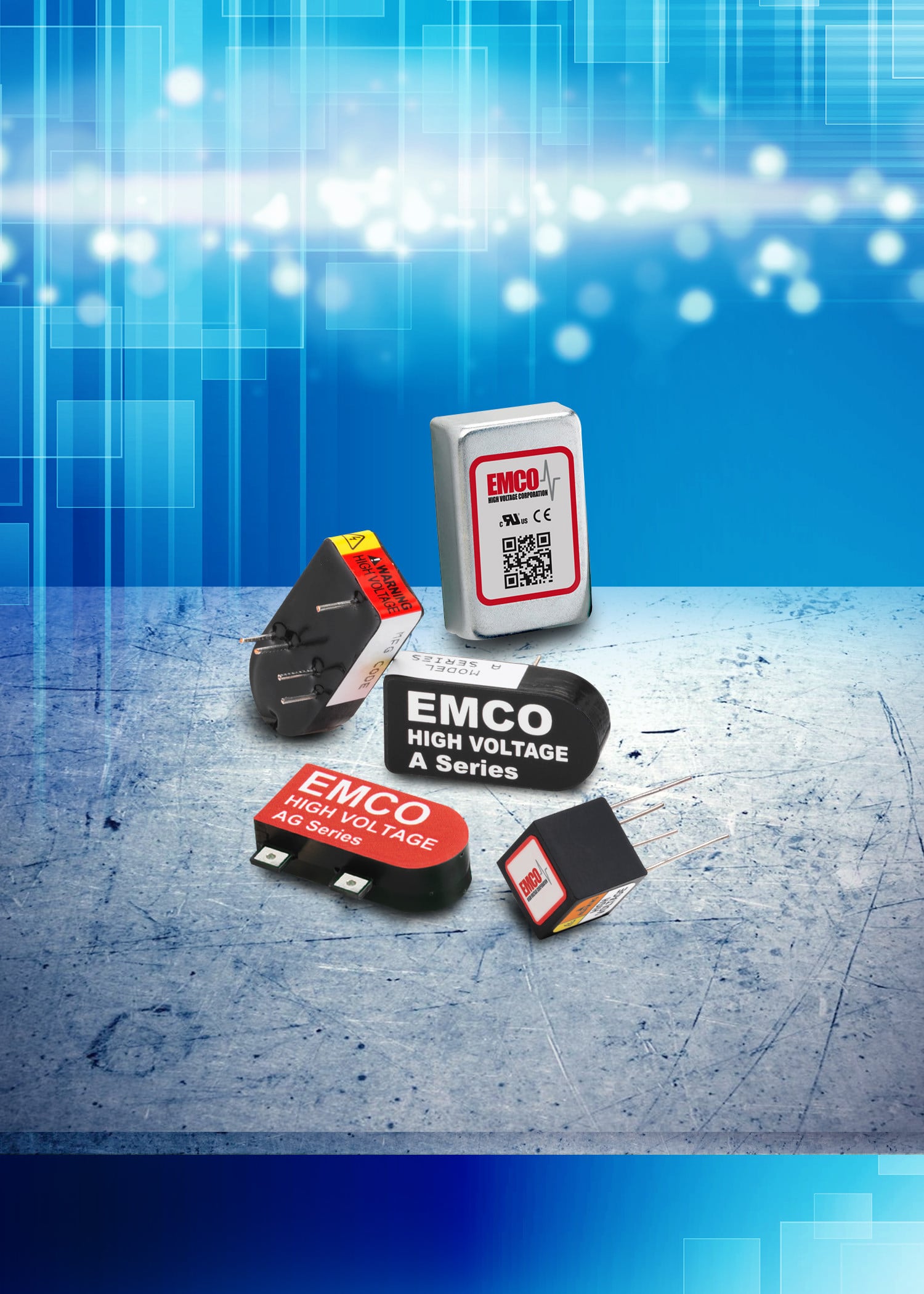
Broad range of DC to high voltage DC converter modules
XP Power’s engineering services group is a good example, taking the end equipment manufacturer’s system specification requirements and producing a drop-in, application specific sub-assembly for easy integration without the risks associated with ground-up high voltage power design. Typical solutions include AC input supplies, specific mechanical design and packaging, control electronics, interfaces, signals and alarms, the ability to reverse the high voltage supply, digital communication interfaces and the ability to combine both the low voltage and high voltage demands of a typical end application from a broad standard product portfolio.
XP Power offers a broad range of DC to high voltage DC converter modules with output voltages from 100V to 10kV in both proportional and regulated topologies for use as stand-alone modules by the end equipment manufacturer or integrated into application specific assemblies.
Download our High Voltage Selector Guide - easily navigate through the range of products and solutions.
